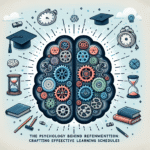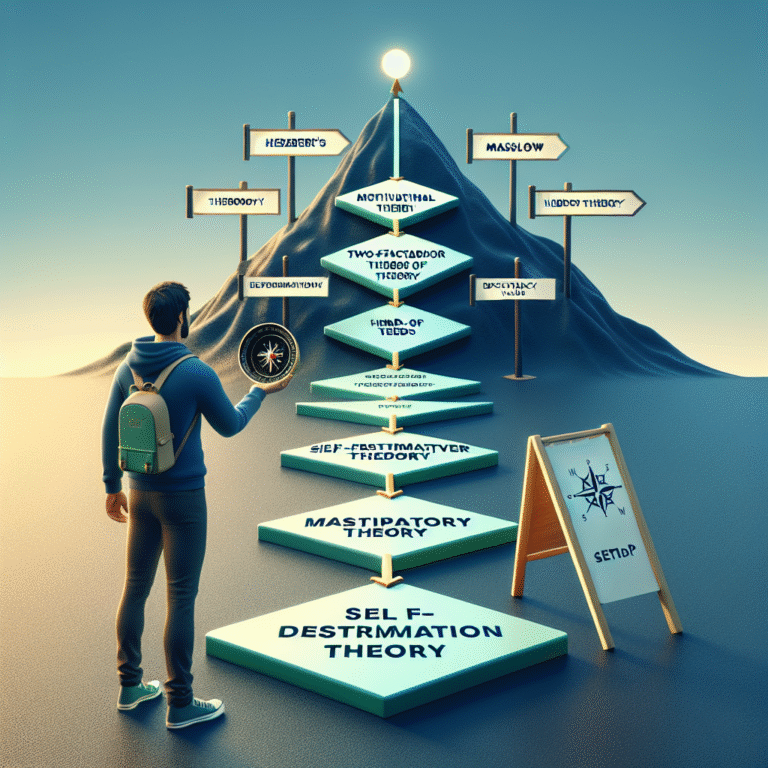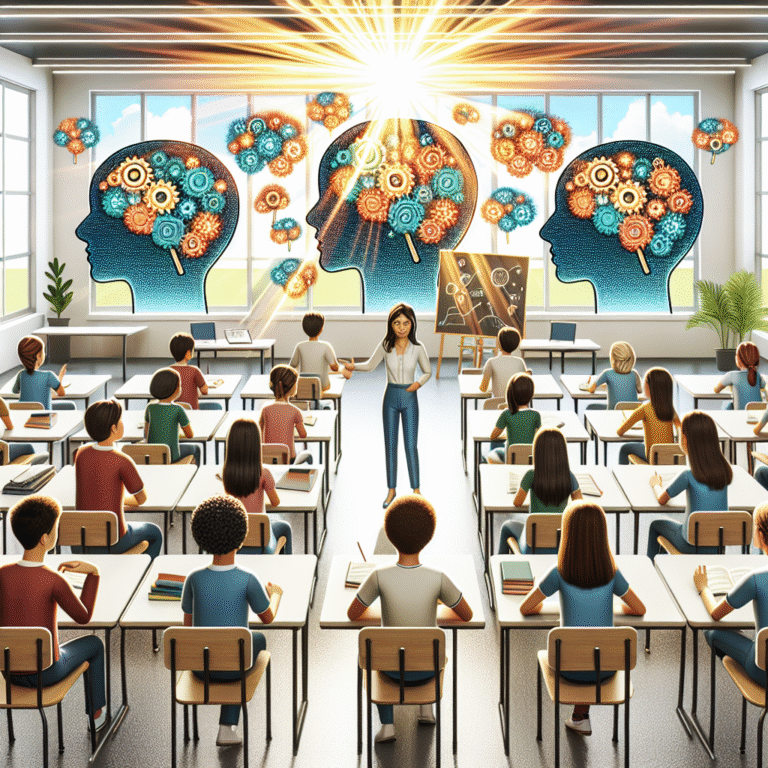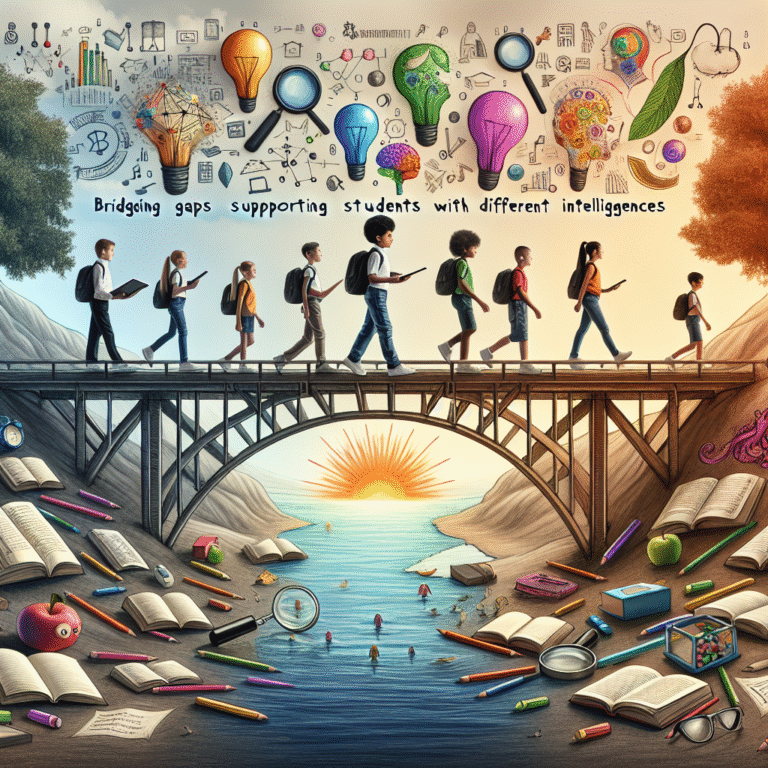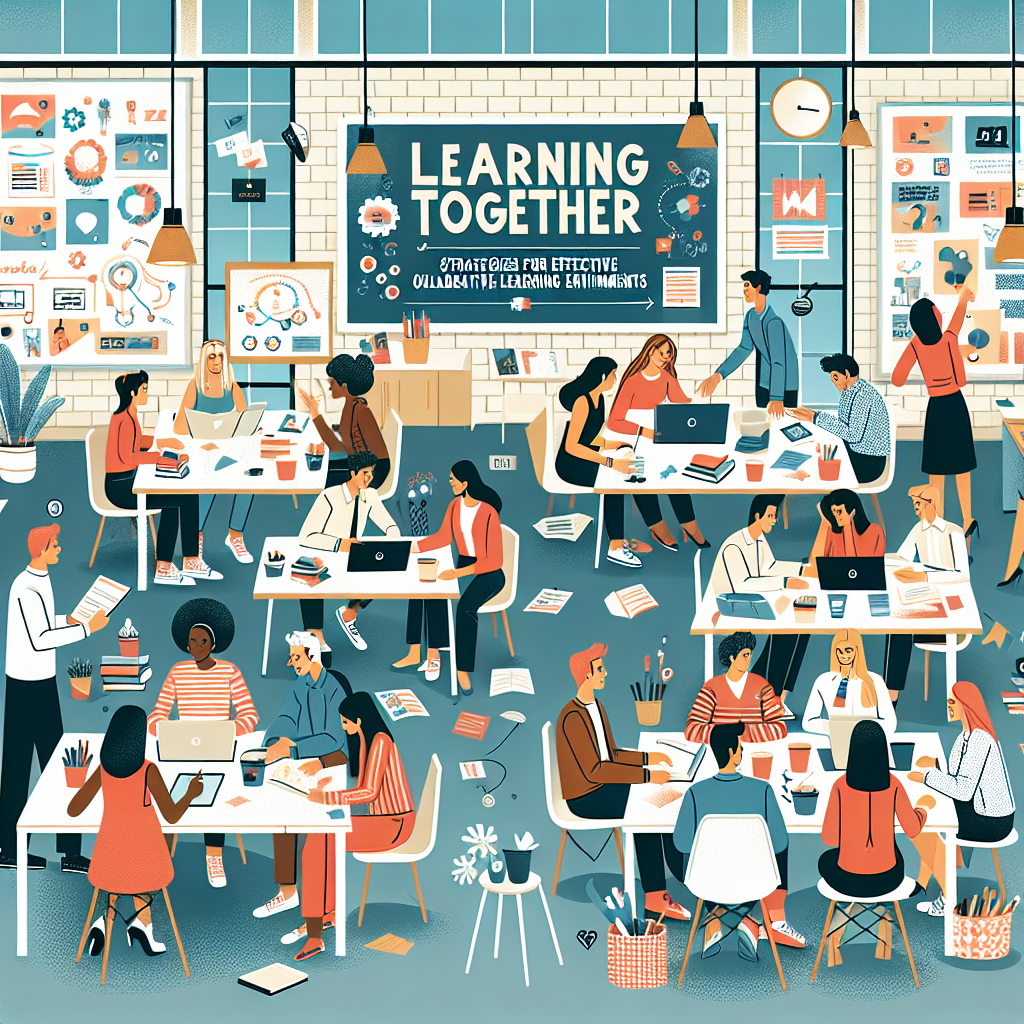
Introduction
In today’s rapidly evolving educational landscape, the phrase "Learning Together: Strategies for Effective Collaborative Learning Environments" resonates with both educators and learners alike. As we increasingly harness technology and diverse methodologies in education, the need for collaboration has never been more critical. Gone are the days of isolated learning; modern education thrives on teamwork, dialogue, and mutual growth. This article delves into the essential strategies for fostering collaborative learning environments that not only enhance educational outcomes but also prepare students for the collaborative workplaces they will encounter in their futures.
The Importance of Collaborative Learning
Collaboration is not just a buzzword—it’s a necessity. The rise of the global economy and advances in technology have created environments where teamwork is crucial. Collaborative learning promotes communication, problem-solving, and critical thinking skills, thus equipping students with essential competencies they will need in their careers. Additionally, research shows that students engaged in collaborative learning often achieve deeper understanding and retention of material due to their interactive experiences.
Case Study: Google’s Project Aristotle
Google collected data on successful teams and found that psychological safety, dependability, structure, and clarity are decisive factors in effective collaboration. Drawing from this case study, we can learn that fostering an atmosphere of trust and open communication is vital in collaborative learning environments. When students feel comfortable sharing their ideas without judgment, this leads to richer discussions and more effective teamwork.
Key Strategies for Effective Collaboration
1. Establish Clear Objectives
Setting clear goals is the first step in creating a successful collaborative learning environment. This not only guides the learning process but also helps students understand their roles and responsibilities.
- SMART Goals: Specific, Measurable, Achievable, Relevant, Time-bound objectives help maintain focus.
- Example: Instead of saying, "Let’s learn about ecosystems," a better approach would be, "By the end of this week, we will create a presentation on local ecosystems that includes three distinct habitats."
2. Foster a Sense of Community
Creating a community among learners encourages collaboration. This can be achieved through team-building activities, icebreakers, and open communication channels.
Table 1: Community-Building Activities
| Activity | Description |
|---|---|
| Icebreaker Games | Fun activities to get to know each other. |
| Group Projects | Collaborative tasks that require teamwork. |
| Reflection Circles | Sharing experiences fosters connection. |
Case Study: The Success of Cooperative Learning Models
Institutions like the University of Minnesota have showcased how cooperative learning strategies significantly boost academic performance. By regularly incorporating group activities, students reported not only improved grades but also a stronger sense of belonging in their educational environments.
3. Diversify Group Composition
Diverse groups bring varied perspectives and skills, enriching collaborative learning experiences. Strive for a mix of abilities, backgrounds, and experiences.
- Benefits of Diversity: Varied perspectives lead to creative solutions and innovative ideas.
- Implementation: Form groups intentionally to include different viewpoints and expertise.
4. Encourage Active Participation
In collaborative learning environments, every voice matters. Ensure that all students have equal opportunities to share their insights by establishing norms around participation.
Case Study: Classroom Discussion Techniques
A study involving the implementation of structured discussion protocols, such as the “Think-Pair-Share” method, showcased a marked increase in student engagement and quality of dialogue. This approach encourages all students to think critically before sharing their ideas in pairs and larger groups, resulting in a richer collaborative learning experience.
5. Utilize Technology Effectively
Technology can augment collaborative learning experiences. Tools like Google Classroom, Slack, and Padlet facilitate communication and collaboration outside of traditional classrooms.
Chart 1: Technology Tools for Collaborative Learning
| Tool | Purpose |
|---|---|
| Google Classroom | Centralizes assignments and feedback. |
| Slack | Facilitates real-time communication. |
| Padlet | Allows for shared brainstorming and ideas. |
6. Provide Constructive Feedback
Feedback is vital in collaborative learning. Regularly offering constructive feedback helps students improve their contributions and overall group dynamics.
- Peer Review: Encourage students to evaluate each other’s work.
- Instructor Feedback: Share insights on group processes and outcomes.
7. Reflect and Iterate
Reflection plays a crucial role in enhancing collaborative learning experiences. After completing a project, allocate time for students to reflect on what worked and what didn’t.
Case Study: Reflective Practices in Higher Education
Institutions like Stanford University have integrated reflective practices into their courses, resulting in higher levels of student satisfaction and collaboration. By encouraging students to reflect on their group experiences, learners reported a clearer understanding of their roles and responsibilities, leading to improved team dynamics in subsequent projects.
Challenges of Collaborative Learning
Despite its numerous benefits, collaborative learning can present challenges:
- Group Dynamics: Conflicts may arise within teams.
- Unequal Participation: Some students may dominate discussions.
- Assessment Issues: Evaluating individual contributions can be difficult.
Strategies to Overcome Challenges
- Facilitator Training: Equip educators with skills to manage group dynamics and facilitate discussions effectively.
- Group Contracts: Establish agreements about expectations and roles within groups to ensure accountability.
- Individual Reflection: Encourage personal reflections on group work to assess individual learning and contribution.
Conclusion
In wrapping up our exploration of "Learning Together: Strategies for Effective Collaborative Learning Environments," it’s clear that fostering a collaborative atmosphere is essential. By establishing clear objectives, building a sense of community, diversifying groups, and using technology effectively, we can create spaces where students thrive together. The real-world applications of these strategies, as illustrated through various case studies, demonstrate the profound impact of effective collaboration on learning outcomes.
As we move forward, let us commit to implementing these strategies in our educational environments. Together, we can craft experiences that not only enhance knowledge but also prepare our students for a collaborative world.
FAQs
1. What are collaborative learning environments?
Collaborative learning environments are educational settings where students work together toward shared learning goals, allowing for the exchange of ideas and mutual support.
2. How can teachers encourage collaboration among students?
Teachers can encourage collaboration by setting clear objectives, promoting diverse groups, facilitating open discussions, and using technology to connect students.
3. What role does technology play in collaborative learning?
Technology enhances collaborative learning by providing tools that facilitate communication, organization, and resource sharing, enabling teams to work efficiently.
4. How do I assess individual contributions in group projects?
Assessment can include peer reviews, self-reflections, and individual reports that accompany group work to ensure that everyone’s contributions are recognized and evaluated.
5. Can collaborative learning be effective in online settings?
Yes, collaborative learning can be highly effective in online settings through the use of digital platforms that encourage interaction, teamwork, and shared goals.
By embedding these insights into your educational practice, you’ll not only enhance engagement but also transform the way students learn together. Let’s embrace the journey of learning together and unlock the power of collaboration!
